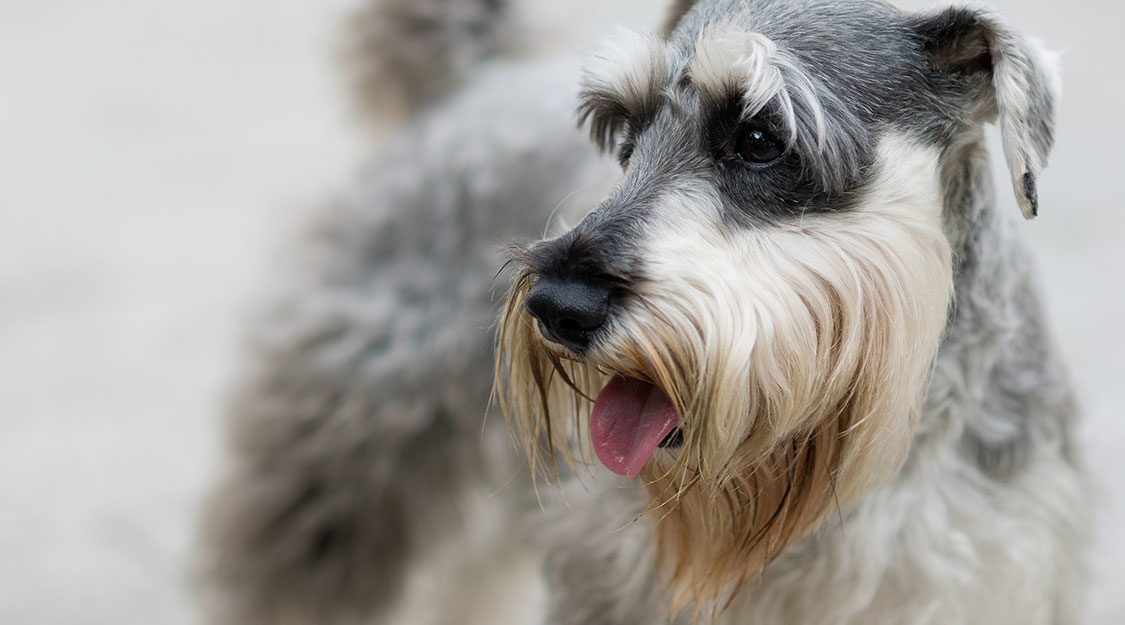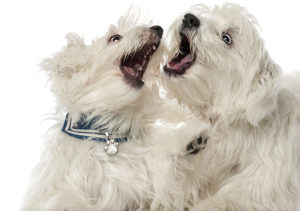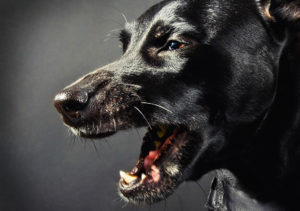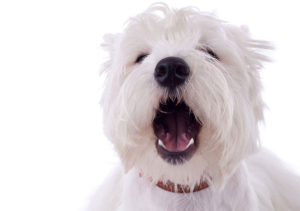Growling: Is your dog angry, or just trying to tell you something?
When a dog growls, it is an indication that he is uncomfortable in a specific situation, whatever reasons that may be. As a dog owner, you can observe this behavior and discover what types of things tend to bother your dog or puppy. This makes a great opportunity for you to condition him to better relax during these situations.
Many times it is the advancement of another animal or human being that will make your dog growl. And if this growl is heeded and the person does move away from it, the dog will drop the desire to continue its dramatic behavior because he appeared to have gotten his point across. It really is just another form of communication that canines use.
But this communication must be understood by people, especially children. If a child is approaching this same dog and the barking is ignored, the dog may then escalate its behavior and snap, or even bite the child.
What would you do?
Suppose for a minute that your child approaches your dog while it is laying down and it turns his head slowly away while growling at a low tone. Do you know this means? What should you do?
Of course not all growling is considered bad, and in such a situation it would appear that your dog is simply trying to communicate that it is uncomfortable with you approaching and would like to be left alone.
Don’t take it personal
Many dog owners take this behavior personally. They tend to punish their dog or puppy whenever it growls at them. This is a big mistake and could lead to potentially greater behavioral problems down the road.
All you are doing in this situation is blocking the dog’s most important way of communication. If you continue this practice then sometime in the near future, the dog may not be courteous enough to give such a warning growl and may result in immediate snapping or biting.
Children should always be taught this form of communication. They must know that whenever these warning growls are given, it is always best to respect your dog and to move away from it.
Teach your kids to stop doing whatever it is they are doing when a dog growls at them. Running away isn’t advised. They should calmly retreat to a distance that is safe, but do it SLOWLY. Advise your kids to let you know exactly what happened so that you can use this information to continue training your dog the obedience skills it needs.



